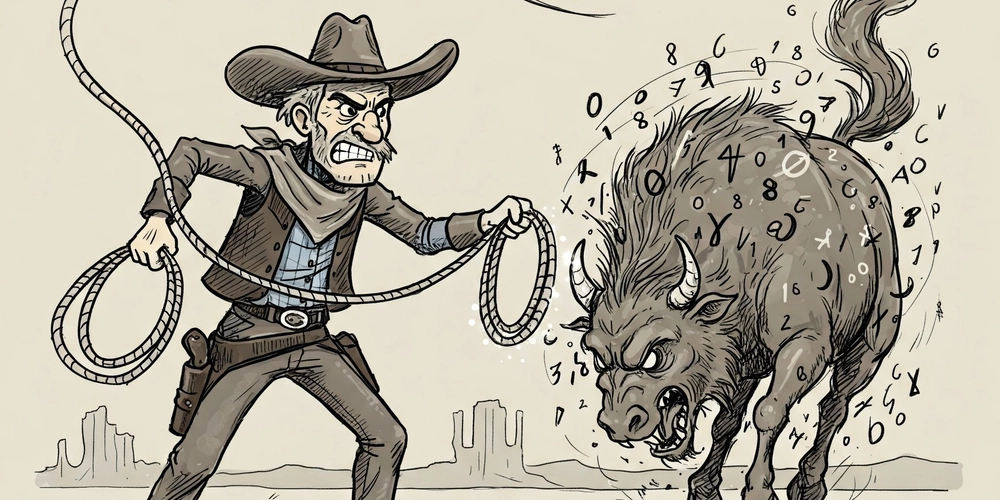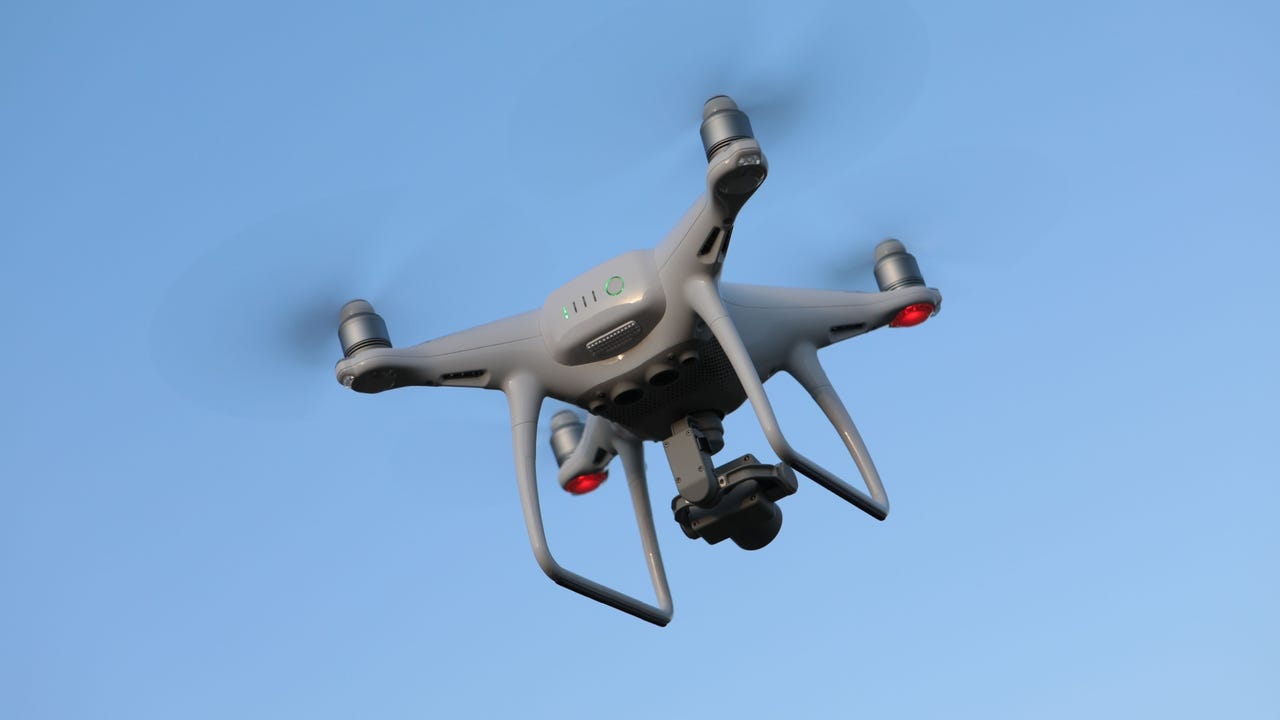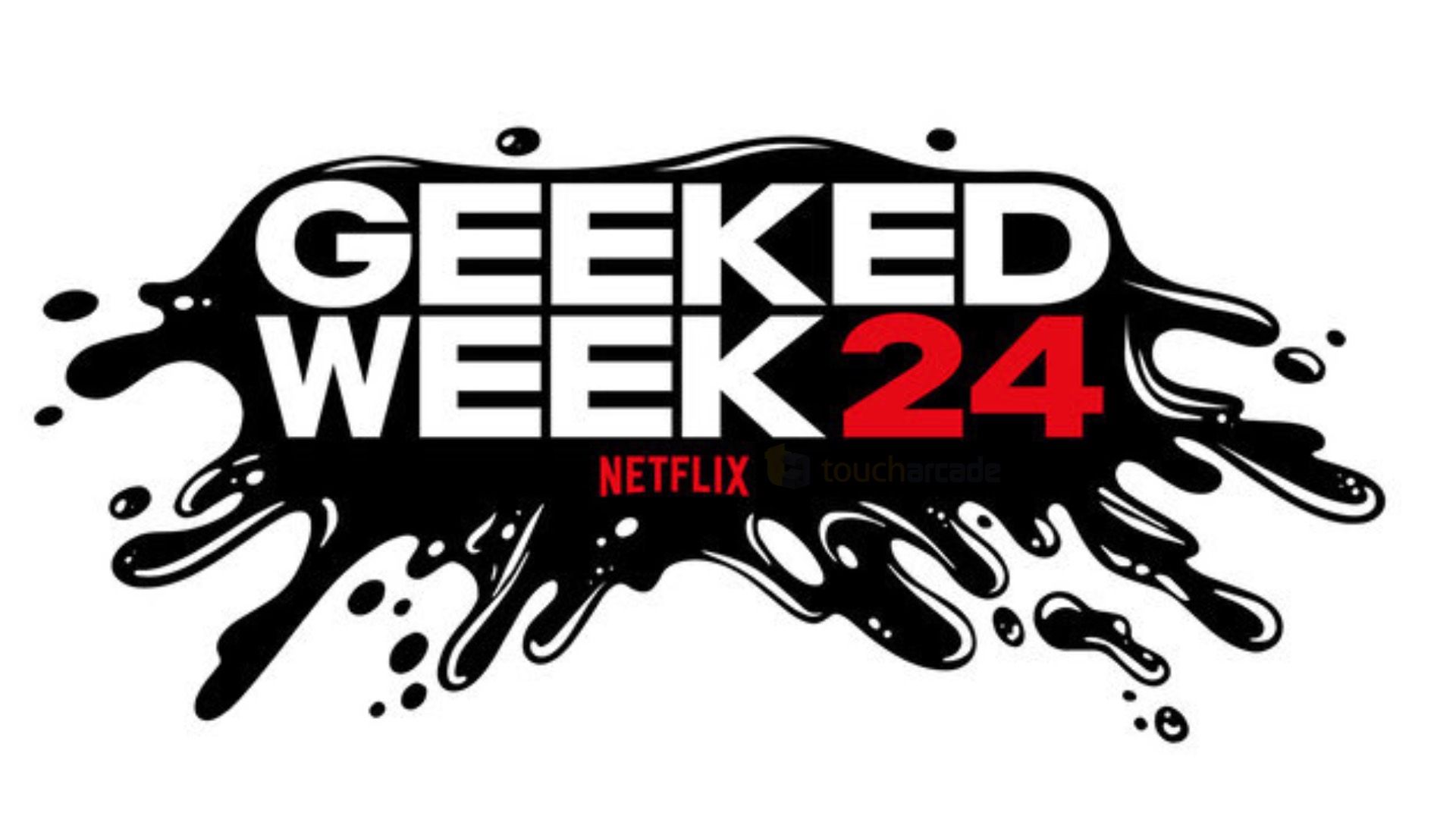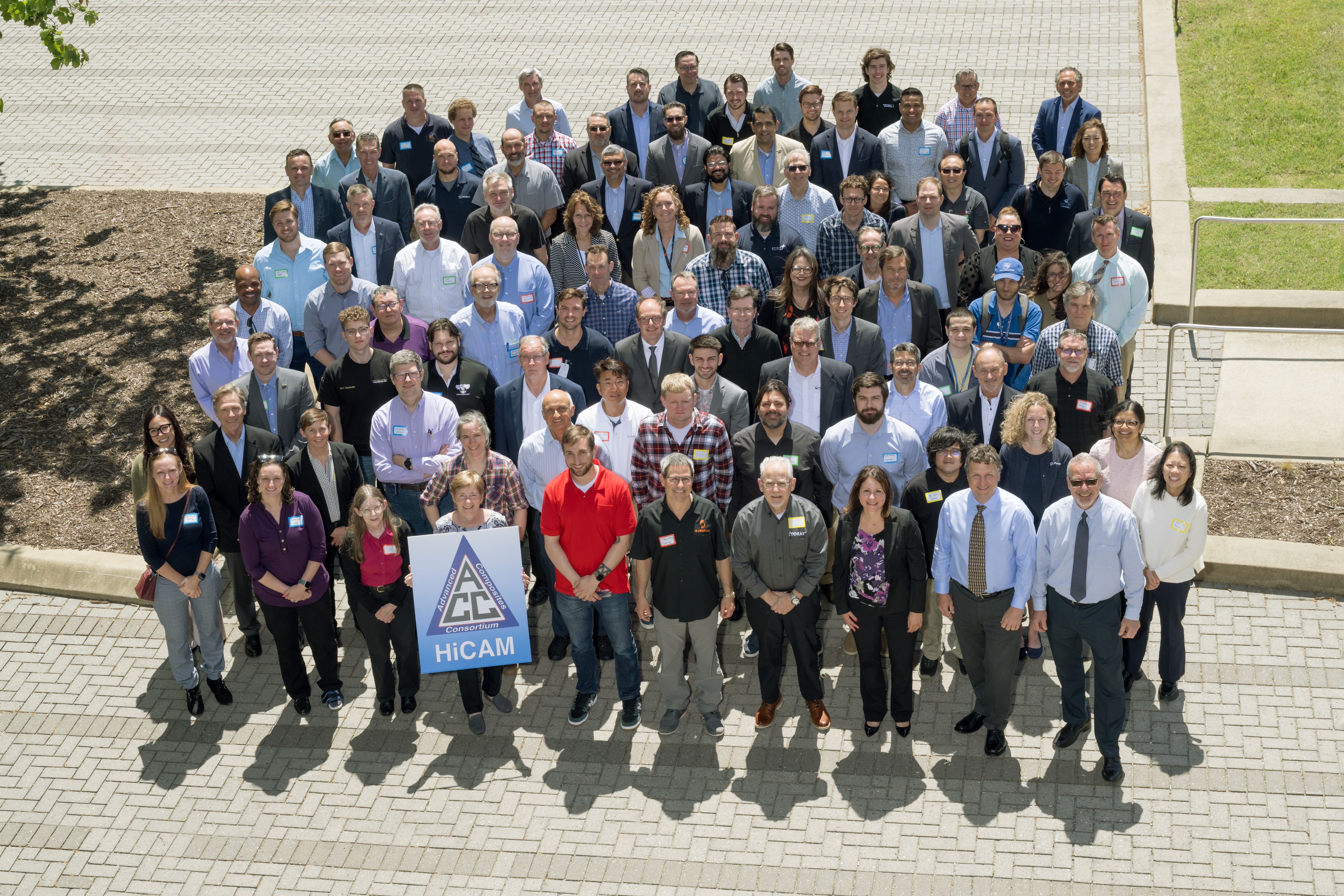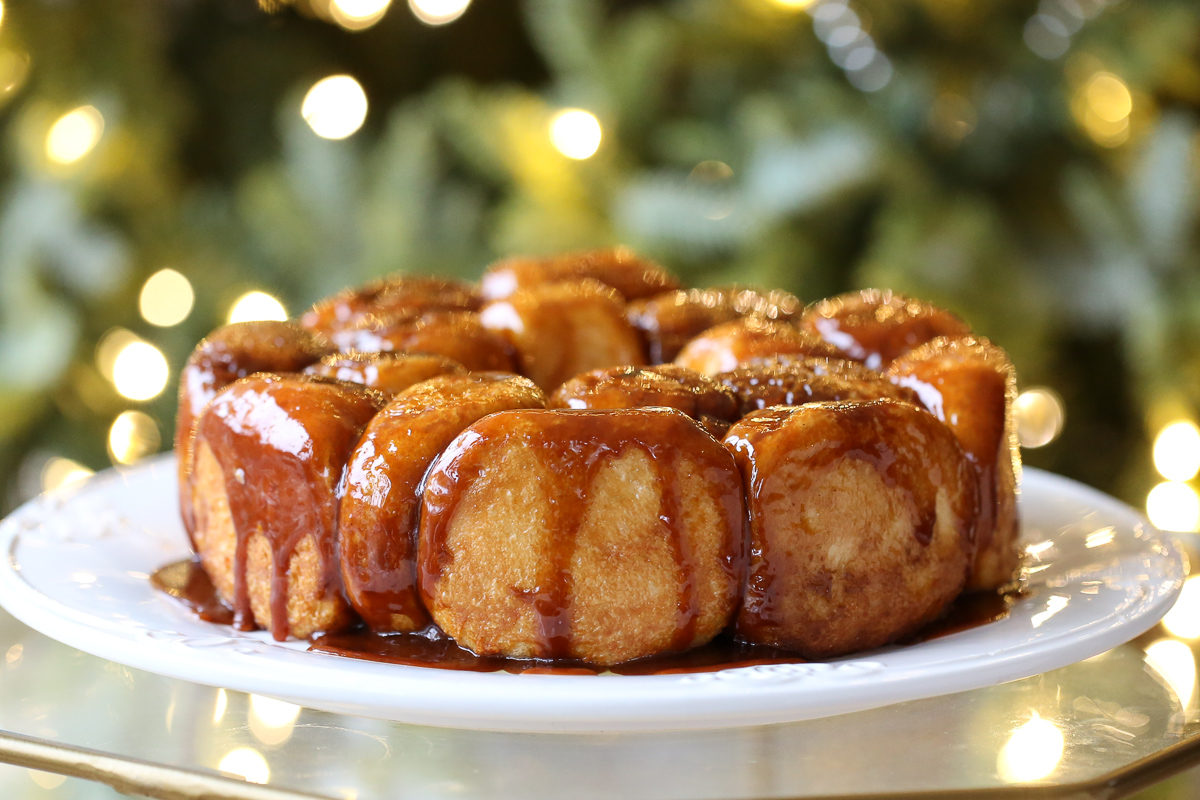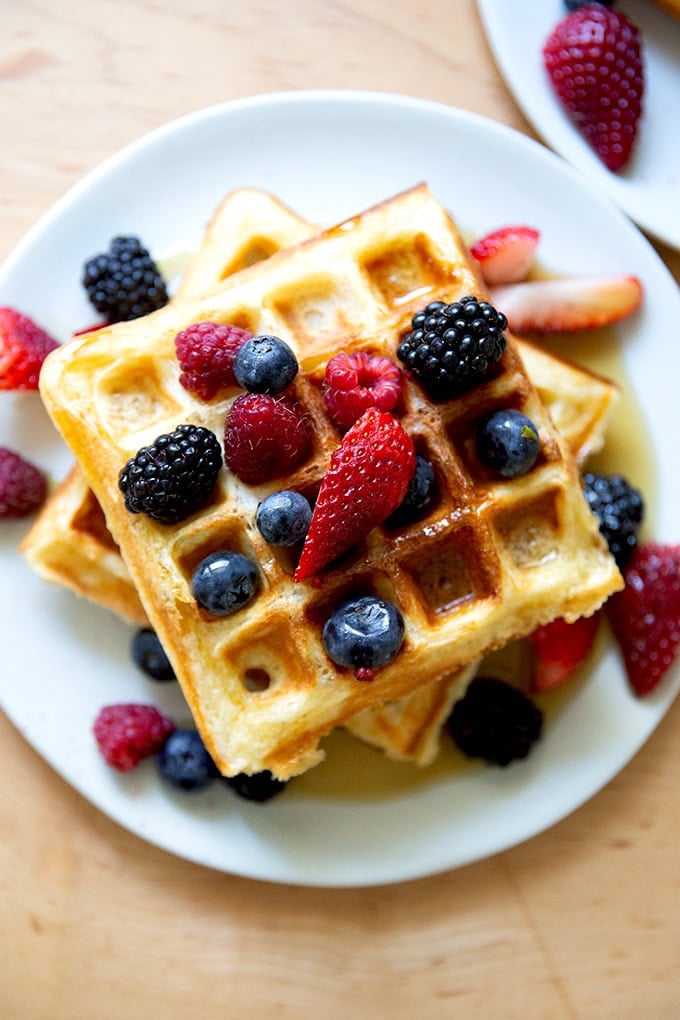A Non-Scary Guide to What to Buy Before the Tariffs Kick In
Eater Staff Feeling overwhelmed by tariff talk? Here are the things that are the most likely to get ‘spensive in the coming months, from chocolate to toasters In today’s edition of “money is not real, but has real consequences,” we’re reflecting on tariffs — I know, I know — and, specifically, how they will likely drive up the prices of goods that are not made in the United States and, to quote The Economist, “cause economic havoc.” This is not, however, a doomsday prepper’s guide. I will not prod you to order 200 Vitamix blenders from Amazon like they’re hand sanitizer à la 2020. But, since that’s a perfect example of how tariffs could spike prices on electronics, appliances, produce, specialty foods, and other imports, I will remind you that while Vitamix blenders are assembled in America, many of their parts are sourced globally, and in particular from China, which has been participating in one of the President’s most deranged tariff tangos — meaning that they’re on the long list of things that could get way more expensive in the second half of 2025. I am not going to be “finally” buying a German sportscar or a flight of Densuke watermelons, but in the weeks before the effects of these tariffs start to hit, I will be using some of my tax return to finally bring home, say, a cult-fave Japanese toaster that I have been drooling over for the past few years, or stock up on cobanero chile flakes and non-toxic silicone tools. Everything from vanilla extract to headphones could see a big increase in import costs which will ostensibly be passed on to consumers. Here’s what we’d recommend picking up now before a potential price hike. Spices, coffee, and even chocolate Economists are sweating over the projected prices of food goods such as spices, coffee, and chocolate, all of which are commonly grown or produced outside the US and thus will need to be imported, and thus, subject to tariffs. There’s especially concern over products of single-origin sourcing; single-origin products — think vanilla, coffee beans, cinnamon, and spirits such as European wine and Mexican tequila — have legally protected designations of origin, making them even more susceptible to price increases due to tariffs. In April, Primal Wine sent out an ominous email to shoppers on its natural wine platform, saying, “In the short term, we foresee a shortage of European wines once the existing pre-tariff inventory is depleted.In the medium to long term, If these tariffs are upheld or expanded, we expect to see significantly increased costs on European wines.” Love French Champagne or Italian Grana Padano cheese? It could be smart to buy now. While fresh herbs are often grown in the US and are therefore relatively safe from major price swings, dried spices are not, and commonly sourced from abroad. Many of the spice companies we love (as detailed in this Eater guide to buying spices online) are subject to price increases due to tariffs, as are cocoa and coffee. Dandelion, a San Francisco-based chocolatier that only uses globally-sourced, single-origin cocoa told The Guardian, “Dandelion is considered a very, very small chocolate maker. There’s no chance that [the US] can make all the cocoa that we actually need.” Burlap & Barrel chose to rebrand its spring sale as a tariff sale to raise awareness about this issue and demonstrate solidarity with its farmers. As the brand stated on Instagram, “What we do know is that we’re a social enterprise, and we will not cut payments to our partner farmers. Our spices are grown in their ideal climates by expert farmers who are connected to the history and cultural heritage of their crops.” If anything, I will be restocking on some of my most-used spices to support these smaller-scale spice companies that are committed to paying their farmers liveable wages. Countertop appliances As Vox recently reported, “Exactly 100 percent of US imports for some very common household items — including hair curlers, ultrasonic humidifiers, alarm clocks, and yes, electric toasters — come from China, according to data from the US Census Bureau.” So if you have been twiddling your thumbs over adding a $100+ countertop appliance to your cart, now might be the time. On my personal list: the Japanese Balmuda toaster, which has earned a cult-like following for its purported ability to revive stale bread; a workhorse Zojirushi rice cooker; a marigold-colored, MCM Moccamaster coffee machine; one of the most small apartment-friendly Ninja CREAMis; and a powerful Vitamix blender. Home electronics (including for your kitchen) Expect to see the price of almost all electronics spike in the coming months if the tariffs continue as planned, including laptops, phones, chargers, power tools, and even vacuums; even American brands source much of their parts and manufacturing to China and other countries. It’s a good time to upgrade your vacuum if you haven’t done so in the past few yea


Feeling overwhelmed by tariff talk? Here are the things that are the most likely to get ‘spensive in the coming months, from chocolate to toasters
In today’s edition of “money is not real, but has real consequences,” we’re reflecting on tariffs — I know, I know — and, specifically, how they will likely drive up the prices of goods that are not made in the United States and, to quote The Economist, “cause economic havoc.”
This is not, however, a doomsday prepper’s guide. I will not prod you to order 200 Vitamix blenders from Amazon like they’re hand sanitizer à la 2020. But, since that’s a perfect example of how tariffs could spike prices on electronics, appliances, produce, specialty foods, and other imports, I will remind you that while Vitamix blenders are assembled in America, many of their parts are sourced globally, and in particular from China, which has been participating in one of the President’s most deranged tariff tangos — meaning that they’re on the long list of things that could get way more expensive in the second half of 2025.
I am not going to be “finally” buying a German sportscar or a flight of Densuke watermelons, but in the weeks before the effects of these tariffs start to hit, I will be using some of my tax return to finally bring home, say, a cult-fave Japanese toaster that I have been drooling over for the past few years, or stock up on cobanero chile flakes and non-toxic silicone tools. Everything from vanilla extract to headphones could see a big increase in import costs which will ostensibly be passed on to consumers.
Here’s what we’d recommend picking up now before a potential price hike.
Spices, coffee, and even chocolate
Economists are sweating over the projected prices of food goods such as spices, coffee, and chocolate, all of which are commonly grown or produced outside the US and thus will need to be imported, and thus, subject to tariffs. There’s especially concern over products of single-origin sourcing; single-origin products — think vanilla, coffee beans, cinnamon, and spirits such as European wine and Mexican tequila — have legally protected designations of origin, making them even more susceptible to price increases due to tariffs. In April, Primal Wine sent out an ominous email to shoppers on its natural wine platform, saying, “In the short term, we foresee a shortage of European wines once the existing pre-tariff inventory is depleted.In the medium to long term, If these tariffs are upheld or expanded, we expect to see significantly increased costs on European wines.” Love French Champagne or Italian Grana Padano cheese? It could be smart to buy now.
While fresh herbs are often grown in the US and are therefore relatively safe from major price swings, dried spices are not, and commonly sourced from abroad. Many of the spice companies we love (as detailed in this Eater guide to buying spices online) are subject to price increases due to tariffs, as are cocoa and coffee. Dandelion, a San Francisco-based chocolatier that only uses globally-sourced, single-origin cocoa told The Guardian, “Dandelion is considered a very, very small chocolate maker. There’s no chance that [the US] can make all the cocoa that we actually need.”
Burlap & Barrel chose to rebrand its spring sale as a tariff sale to raise awareness about this issue and demonstrate solidarity with its farmers. As the brand stated on Instagram, “What we do know is that we’re a social enterprise, and we will not cut payments to our partner farmers. Our spices are grown in their ideal climates by expert farmers who are connected to the history and cultural heritage of their crops.” If anything, I will be restocking on some of my most-used spices to support these smaller-scale spice companies that are committed to paying their farmers liveable wages.
Countertop appliances
As Vox recently reported, “Exactly 100 percent of US imports for some very common household items — including hair curlers, ultrasonic humidifiers, alarm clocks, and yes, electric toasters — come from China, according to data from the US Census Bureau.” So if you have been twiddling your thumbs over adding a $100+ countertop appliance to your cart, now might be the time.
On my personal list: the Japanese Balmuda toaster, which has earned a cult-like following for its purported ability to revive stale bread; a workhorse Zojirushi rice cooker; a marigold-colored, MCM Moccamaster coffee machine; one of the most small apartment-friendly Ninja CREAMis; and a powerful Vitamix blender.
Home electronics (including for your kitchen)
Expect to see the price of almost all electronics spike in the coming months if the tariffs continue as planned, including laptops, phones, chargers, power tools, and even vacuums; even American brands source much of their parts and manufacturing to China and other countries.
It’s a good time to upgrade your vacuum if you haven’t done so in the past few years. What makes for a great kitchen vacuum? I generally look for a lightweight canister design that feels easy to wheel out, and Miele’s sleek vacuums (which are manufactured and produced in both Germany and China) gain extra points in my book for being serviceable. And while Bissell assembles many of its high-performing vacuums at its Michigan headquarters, the majority of the various machines’ parts come from China, meaning that price increases could be inevitable.
Gadgets, cookware, and even non-toxic silicone utensils
Most of the kitchen gadgets we use come from China due the country’s lower-labor-cost-based manufacturing infrastructure, which means they are likely to become more expensive as companies cope with tariffs. I often sing the praises of Get It Right, aka GIR, because its body-safe, non-toxic silicone utensils can often handle temperatures of up to 425 — and sometimes, 550 — degrees Fahrenheit, and its unique designs make the utensils so versatile; the Spoonula (exactly what it sounds like) is a favorite of mine for serving shakshuka, and the Flip spatula has an angled design that makes flipping eggs and plating fish way easier. Given that all GIR products are designed in New York but manufactured in China, I will be bringing a few more of its durable tools into my rotation.
In fact, virtually every cabinet in your kitchen could see the impact of tariffs. It’s not just coveted spatulas and White Elephant-esque wine stoppers and veggie choppers that are made outside of the United States; heritage cookware companies Le Creuset and Zwilling J.A. Henckels make cast-iron cookware and knives in Europe as well as China; Le Creuset, for example, makes all of its stoneware, non-stick pans, and silicone tools in China. When interviewed by The New York Times, the chief sales and marketing officer at Zwilling J.A. Henckels said that some cookware companies have announced that they will begin raising prices by early June, adding that knives from Zwilling and cast-iron cookware from French sub-brand Staub will be subject to single-digit price increases. Have you been thinking about buying a new Dutch oven, set of knives, or Spoonula? Move quick if you want to get them at their current price.
Learn more about how the unfolding tariffs could increase food costs here.

















